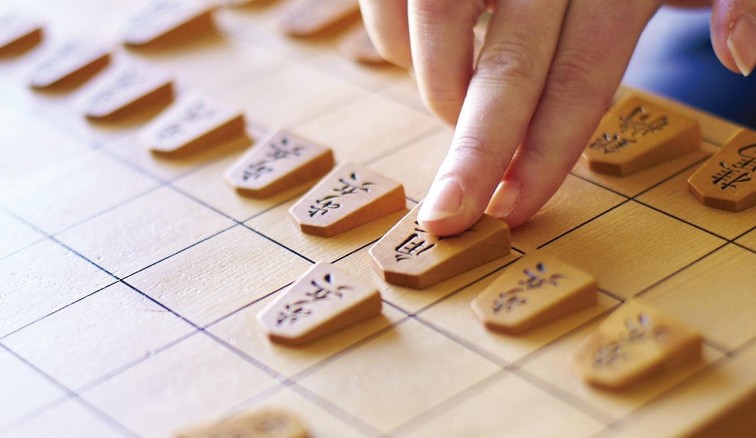

If the answer is gote, then look for another sequence that enables you to retain that precious initiative and the choice as to where the game goes next.


When you have sente in a game, try to anticipate how a move or sequence of moves will end, in either sente or gote for you. I hope that these brief explanations were helpful. White retains sente.Īnd that’s it in a nutshell. White connects at R19 to protect its stone but then Black must also makeĪ tiger mouth to protect his cutting point at P18. Diagram 10: If White hanes first, then Black blocks and ataris White at P19. Must also connect to prevent the atari in the corner. Diagram 9: Black hanes first, then White can block at S19.īlack protects it stone by connecting at Q19, but then White On the first line Q19 or R19 is sente for both players. Diagram 8: This is the situation in the corner. They not only allow us to play first and retain sente, but they eliminate the possibility of opponent doing the same to us. These are the moves that we need to hunt down and play first in the endgame. Double Sente: is a move that is sente for both players. It is known as reverse (preventative) sente.Ĥ. Because it prevents black’s moveĪnd secures the corner. You can see this in the three endgame diagrams below. We also have to be careful, because what sometimes appears to be a sente move, actually ends in gote for us. The topic for this seventh and final week is Where to go from here. White’s move in Diagram 2 (above) is a good example of this. Video created by Georgia Institute of Technology for the course 'Games without Chance: Combinatorial Game Theory '. They can occur in two situations.Ī ) When we play a move in direct response to our opponent’s sente move and so they retain the initiative. There are some pitfalls and a good empty triangle to remember. Hane on the first line Episode 159 - 25 August 2014 By: Young-sun Yoon 8p We go back to the basics with this common endgame move. tesujis Level: 10k to 4d Watch (24 minutes) Read. Gote: As we can see from the above, gote moves are the direct opposite of sente. Gote, gote with gote follow-up, gote with sente follow-up, reverse sente, double sente. If White does not answer, then Black will play at T17 (2) and kill the White corner.Ģ. The following are derived meanings: A player can have sente. The root meaning of sente is playing first. If you look at Diagrams 1 and 2 you can see how T15 (1) is a strong sente move for Black. Sente is a Japanese Go term adopted into English. If your opponent does answer, then their move is called gote, and you get to retain sente for another turn. Notice that your opponent can always choose to accept the loss, and ignore your sente, depending on the size of the loss and what else is happening on the board. Sente : These moves threaten your opponent with a direct loss of points if they do not immediately answer your play. Diagram 2: Black’s move is sente and threatens to kill the corner.ġ.


 0 kommentar(er)
0 kommentar(er)
